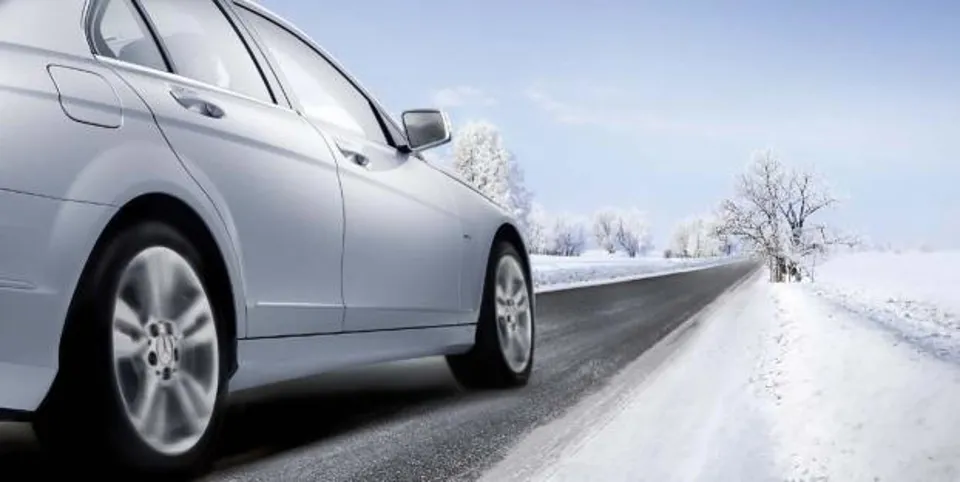Lex Autolease
"Vehicle breakdowns spike during the winter months,” says Guy Mason, head of fleet operations at Lex Autolease. “Cold weather takes its toll, particularly on battery life and engines. With further hazards of icy roads, frozen windscreen wipers and poor visibility, winter has all the ingredients for serious disruption.”
January was the worst month for breakdowns last winter, with 7,991 cars and vans operated by its customers needing help.
The AA
Last year The AA attended 3.5 million call-outs. The graph shows its breakdown workload split by month.
RAC
January was RAC’s busiest month for breakdowns in both 2013 and 2014. Last year it had 45,244 call outs that month and 46,482 for the same month this year. This compares to the quietest month of June in 2013 (34,065 call outs). In 2012, December (41,877), November (38,129) and October (35,747) were the busiest months, while April saw the fewest call outs (26,706).
Simple checks to keep vehicles safe and legal
Tyres Tread depth needs to be closely monitored – the legal minimum is 1.6mm. Tyre condition is
also important; make sure there aren’t any cracks, bulges or excessive wear. Excessive wear means a loss of grip. Low pressure increases wear and uses more fuel, so check tyres are correctly inflated.
Lights Ensure lights are clean, then switch on the ignition and turn all of them on. Step out of the car and check they are working.
Oil Always check the oil when the engine is cold – at least 15 minutes after switching off the ignition. To check it, lift the bonnet and remove the dipstick, wipe and then re-insert; removing the dipstick once more should show you the oil level.
Brakes Test brakes before departure by driving a very short distance and braking.
Coolant Perform regular checks to make sure the engine coolant is topped up to the marked level. Always fill with some anti-freeze to stop water expanding during colder months.
Fluids Make sure the vehicle has enough windscreen washer fluid.




















Lesley Wade - 12/09/2014 08:26
Very Useful, able to take parts to use in updates